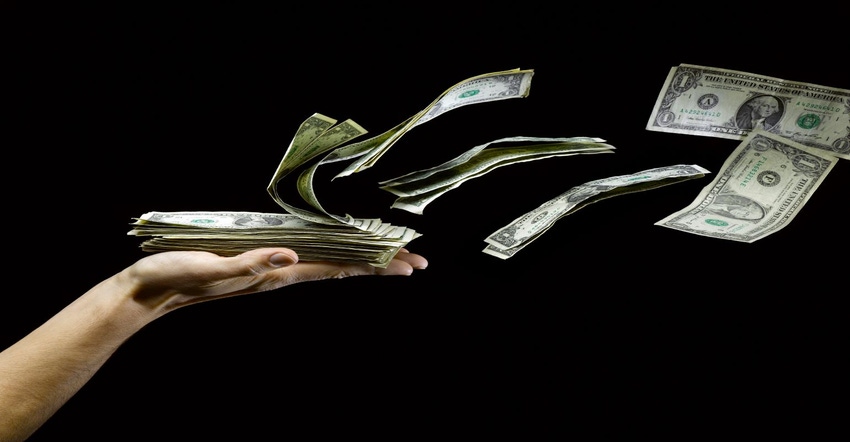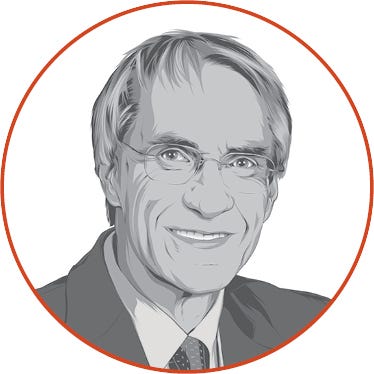
The other day, a discussion occurred with my veterinarian, who was a former student, over the subject of inflation. His questions were appropriate as I was preparing for a webcast alongside a high-ranking Federal Reserve official where inflation would be the focus of our discussion. Interestingly enough, we were breeding our heifers and cows during the long dialogue.
First, we discussed the episodes of inflation from a historical perspective from the start of World War II. Inflation, measured by the Consumer Price Index (CPI), reached almost 20 percent during World War II due to high demand and a shortage of goods, workers, and commodities during that time period. Post-World War II deflation occurred for a short period of time, falling to approximately negative 3 percent.
Then, the Korean War created a spike in inflation of just under 10 percent. For the remainder of the 1950s and until the late 1960s, inflation was tame, generally under 5 percent.
The Vietnam War and the oil shocks of the 1970s caused inflation to jump to 12 percent before a recession in the mid-1970s cooled the pressure. In the late 1970s and early 1980s, inflation skyrocketed to 15 percent.
Inflation in the mid-1980s was tame at less than 5 percent until the Gulf War of the early 1990s when it jumped above 5 percent.
When analyzing the data from the mid-1990s until the beginning of the COVID-19 pandemic, inflation was under 5 percent for all but one year. This was just prior to the Great Recession of 2009, which actually brought a round of deflation.
Of course, we are now in a period of inflation exceeding 5 percent. I discussed with my veterinarian, over one of our favorite Holstein cows, that the factors to watch for in the short run will be supply chain disruptions, oil and energy supply and demand, employment rates, and the fallout from the generous stimulus checks. Worldwide, government stimulus amounted to 14 percent of the $85 trillion world economy. Of this amount, over $2.5 trillion was saved and is just now trickling out into the economy and being consumed. In the long-term, keep a close eye on the U.S. and global consumer confidence, particularly spending of the saved stimulus checks.
Later, I discussed how automation will have an impact on people and the labor force. He chuckled and told me three of his well-managed dairy clients are either adding or possibly installing robots to reduce labor costs. This is a classic example of capital replacing labor.
Both short and long-term geopolitics are also an issue that could impact inflation. In terms of controlling inflation, my veterinarian asked, “What about the Federal Reserve increasing interest rates?” Unfortunately, it is not the total solution. A double shot of monetary and fiscal policy created this round of inflation. Although we are heavily relying on the Federal Reserve for a solution, it was not the sole contributor to the problem, nor will it be the sole solution.
Wow, you never know what you might discuss over the tail end of a cow!
Source: David Kohl, which is solely responsible for the information provided and is wholly owned by the source. Informa Business Media and all its subsidiaries are not responsible for any of the content contained in this information asset.
About the Author(s)
You May Also Like






